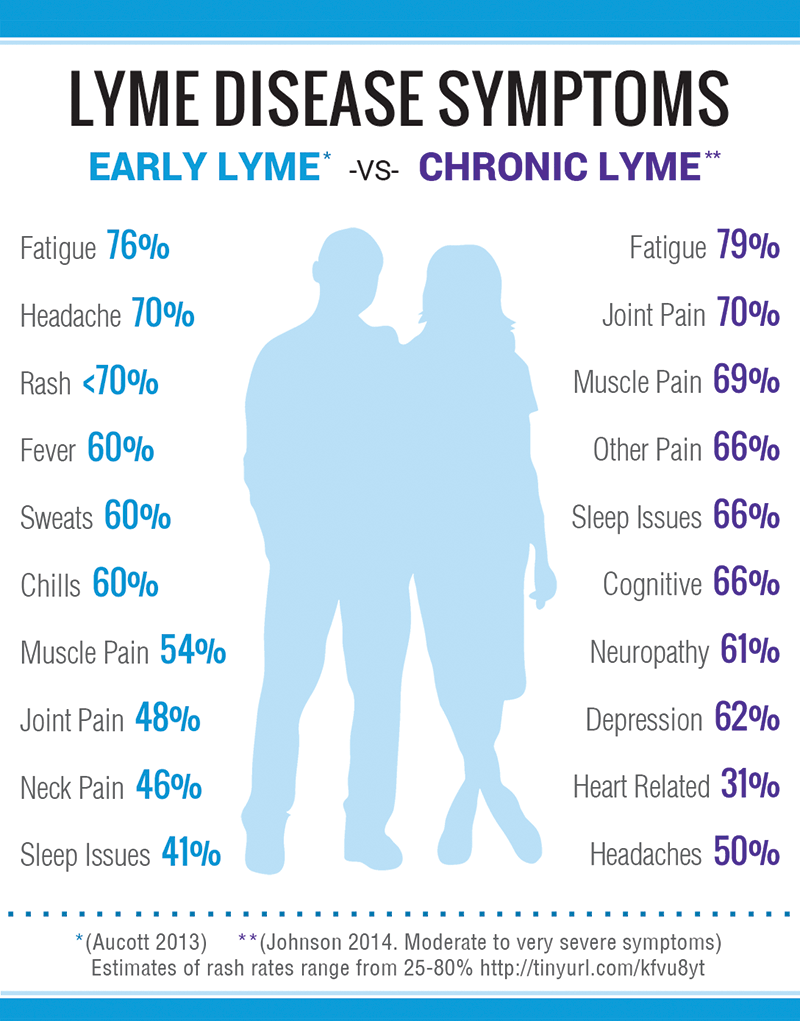What Is Lyme Disease? Know The Symptoms

Lyme disease, also known as Lyme borreliosis, is a bacterial infection caused by Borrelia burgdorferi, which is transmitted to humans through the bite of an infected blacklegged tick (Ixodes scapularis). This disease is the most common tick-borne illness in the Northern Hemisphere, with cases reported in various parts of the world, including the United States, Europe, and Asia.
Understanding the symptoms of Lyme disease is crucial for early diagnosis and effective treatment. The symptoms of Lyme disease can be categorized into three stages: early localized, early disseminated, and late disseminated. In the early localized stage, which occurs within 3-30 days after the tick bite, a distinctive rash known as erythema migrans (EM) appears at the site of the bite in about 70-80% of infected individuals. This rash is often accompanied by flu-like symptoms such as fever, headache, and fatigue.
As the disease progresses to the early disseminated stage, the bacteria spread to other parts of the body, causing a variety of symptoms. These may include additional EM rashes on other parts of the body, fever, headache, fatigue, muscle and joint pain, swollen lymph nodes, and neurological problems such as meningitis and Bell’s palsy.
If left untreated, Lyme disease can progress to the late disseminated stage, which can occur weeks, months, or even years after the initial infection. In this stage, the bacteria can cause more severe and persistent health problems, including arthritis and joint pain, particularly in the knees, neurological problems, such as numbness, tingling, and pain in the hands and feet, and cognitive difficulties, including problems with memory and concentration.
It is essential to note that not everyone who is infected with Lyme disease will exhibit all of these symptoms, and some may experience symptoms that are not typically associated with the disease. Diagnosis is usually based on a combination of medical history, physical examination, and laboratory tests, including blood tests to detect antibodies against the bacteria.
In regions where Lyme disease is common, preventive measures such as using insect repellents, wearing protective clothing, and conducting regular tick checks after spending time outdoors can significantly reduce the risk of infection. For individuals who spend a lot of time outdoors, especially in areas with high grass, brush, and leaf litter, being aware of the risks and taking preventive measures is key to avoiding this disease.
Considerations for Prevention and Treatment
- Prevention: Avoiding tick habitats, using repellents, and prompt removal of attached ticks can prevent Lyme disease.
- Treatment: Early antibiotic treatment is highly effective but may not prevent all long-term complications.
- Challenges: Misdiagnosis can occur due to the non-specific nature of early symptoms, and some individuals may experience persistent symptoms despite treatment.
Given the complexity and variability of Lyme disease symptoms, healthcare providers play a critical role in educating patients about the disease, its prevention, and the importance of seeking medical attention if symptoms persist or worsen over time. Public awareness campaigns can also help in reducing the incidence of the disease by promoting preventive measures and encouraging early diagnosis and treatment.
Historically, the understanding and management of Lyme disease have evolved significantly since its first description in the 1970s. Advances in diagnostic techniques, antibiotic treatments, and public health campaigns have improved outcomes for many patients. However, challenges persist, including the development of more accurate diagnostic tests, understanding the mechanisms behind persistent symptoms in some patients, and addressing theिओरical concerns about the potential for long-term consequences of infection.
For those who have been diagnosed with Lyme disease, it is crucial to follow the treatment plan as prescribed by their healthcare provider and to be aware of the potential for lingering symptoms even after successful treatment. By combining medical treatment with preventive strategies, individuals can reduce their risk of contracting Lyme disease and its complications, contributing to better public health outcomes in regions where the disease is prevalent.
Steps to Take After a Tick Bite
- Remove the tick promptly and correctly.
- Clean the bite area with soap and water.
- Apply an antiseptic to the bite area.
- Seek medical attention if any symptoms develop.
In conclusion, understanding Lyme disease, its symptoms, and its implications for public health is essential for Individuals living in or visiting areas where the disease is common. By recognizing the signs of infection early and seeking medical care promptly, individuals can significantly reduce the risk of long-term health problems associated with Lyme disease.
How is Lyme disease diagnosed?
+Lyme disease is diagnosed based on a combination of medical history, physical examination, and laboratory tests, including blood tests to detect antibodies against the bacteria.
Can Lyme disease be prevented?
+Yes, Lyme disease can be prevented by avoiding tick habitats, using insect repellents, wearing protective clothing, and conducting regular tick checks after spending time outdoors.
What are the long-term effects of untreated Lyme disease?
+Untreated Lyme disease can lead to more severe and persistent health problems, including arthritis, neurological problems, and cognitive difficulties. Early treatment with antibiotics can significantly reduce the risk of these long-term complications.

